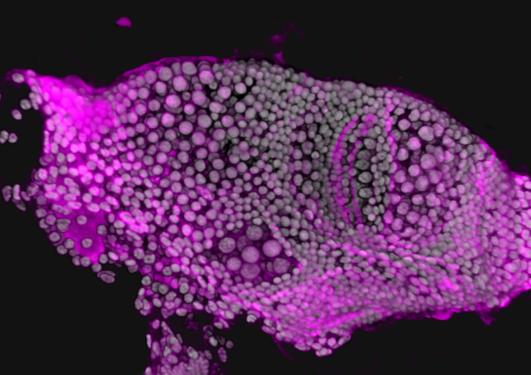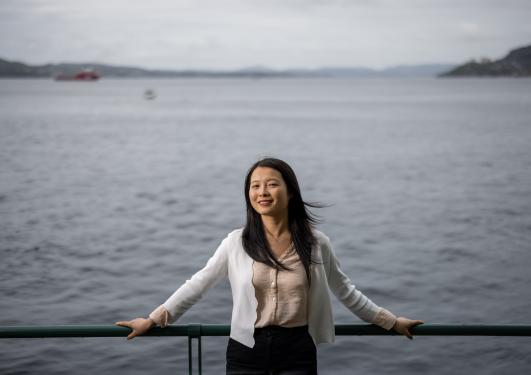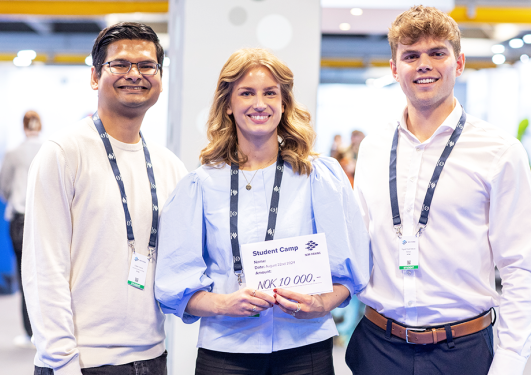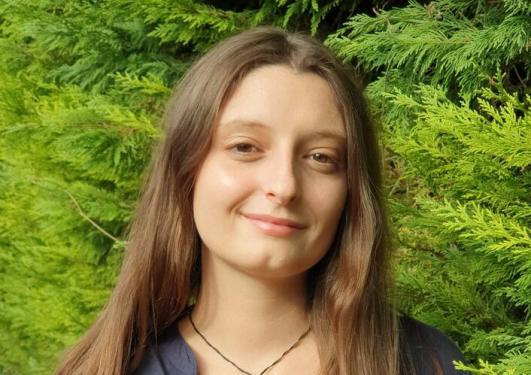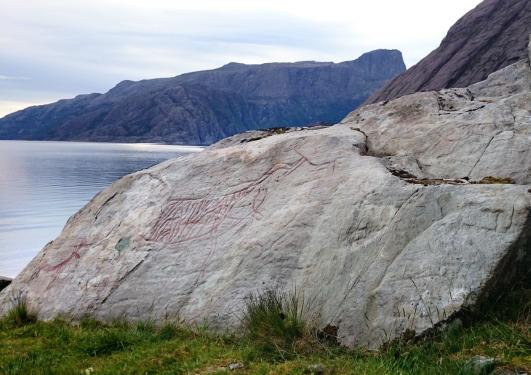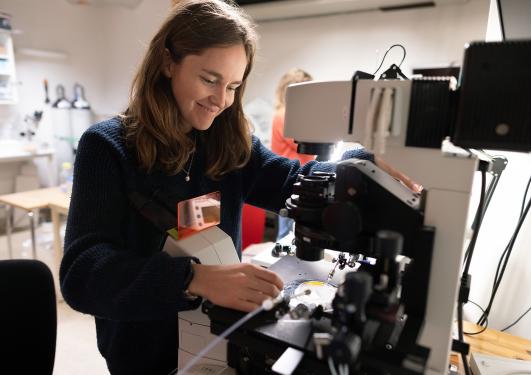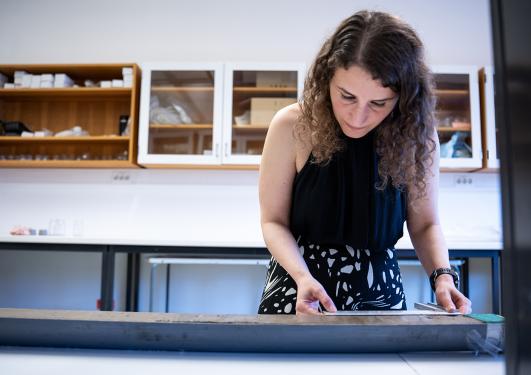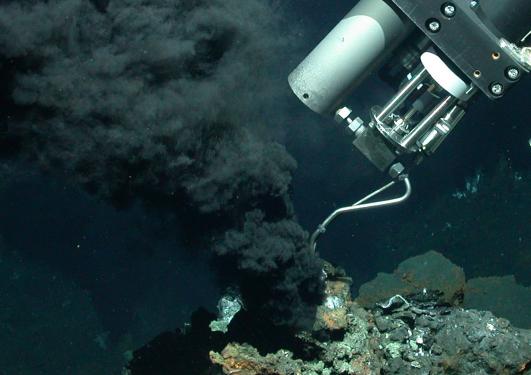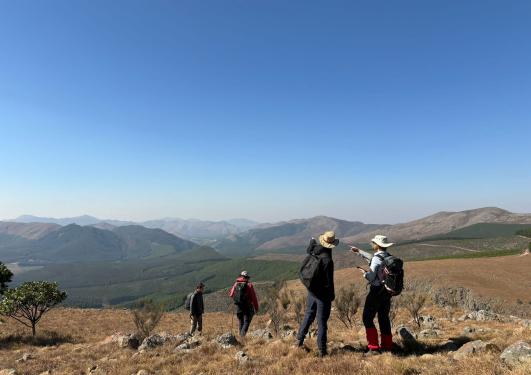News archive for Faculty of Science and Technology
The sixteenth meeting of the Conference of the Parties to the Convention of Biological Diversity (COP16) is taking place in Colombia at the end of October, and CeSAM leaders have been making their opinions heard ahead of the meeting.
Early in the morning on the 26th of December 1999, the people of France were shocked by two fatal storms. How did these massive cyclones take the meteorologists by surprise? And can machine learning aid weather forecasts of the future?
Our colleague at the Centre, deep-sea biologist Pedro Ribeiro, is onboard the RV Maria S. Merian participating in a research cruise led by the German Centre for Marine Environmental Sciences (MARUM) to explore and investigate the Jøtul hydrothermal vent field.
A recent Developmental Biology article reveals new insights into the unique "house" of Oikopleura dioica. A team of researchers led by David Lagman uncovers how Oikopleura repurposed ancient cellular machinery to build its complex, food-filtering "house," shedding light on its evolutionary origins.
How do you get a group of social scientists, biologists, oceanographers, mathematics and informatics scientists to find common ground? How do they overcome their differences in background, methodology and language to unite to address questions and issues that span their different disciplines? Maybe by sending a group of SEAS fellows out into the fjords for a couple of days of isolation and focus... Read more
Yan Li receives prestigious research support for the quest to understand how extreme ocean surface waves affect us. Such waves pose a threat to ships and infrastructure, becoming increasingly frequent and extreme due to climate changes.
Hanna Sannes, master’s student in biodiversity, ecology and evolution, recently triumphed with her team at NOR-FISHING Student Camp competition, pitching an idea for the digitalization of fish spawning data.
Biological tubes are ubiquitous in animals, and their morphogenesis is a very complex process. In a new article, researchers in the Chatzigeorgiou group demonstrated the key role and function of the protein Anoctamine 10 in notochord formation in the tunicate Ciona.
In 2021, Marie Curtet investigated the evolution of stakeholder participation in European UNECO Biosphere Reserves, and what challenges and opportunities rose from the COVID pandemic and the digital shift as part of her MSc thesis. Curtet was supervised by UNESCO Chair Inger Måren and Alícia Barraclough, and her findings was recently published in The Journal of Environmental Policy & Planning...
Are irreplaceable natural and cultural values in Western Norway in danger of being destroyed by industrial development? For some time, there has been debates about future industrial development in the western Norwegian municipality of Bremanger. UNESCO Chair for sustainable heritage and environmental management, Inger Måren, is engaged in this debate.
PhD candidates Mascha Dix and Jessica Menzies visited the Centre from Saudi Arabia to develop their microinjection skills in the Steinmetz group.
By reconstructing past changes in ocean circulation and climate, paleoceanographer, Nil Irvali, aims to better understand the ongoing changes and improve predictions of our future climate.
On the 12th of August 2024, PhD candidate Aishwarya Ravi successfully defended her thesis titled: “Polarized Recruitment of Secretory Vesicles in the Choanoflagellate Salpingoeca rosetta: Insights into the Origin of Neurosecretion”
A new study led by Associate Professor Eoghan Reeves at the Centre for Deep Sea Research, just published in Geochimica et Cosmochimica Acta, sheds light on one of the pillars of chemosynthetic life at deep sea hot springs – the dissolved natural gas molecule, methane.
“The fact that we have just five years left to reach the Sustainable Development Goals should give us reason to pause — can we not do better?” asks Professor Birgit Kopainsky, who will lead Bergen Summer Research School 2025.
One of the best things of being a researcher is when you get the chance to broaden your horizons. This summer, geochemist Desiree Roerdink traveled to the Barberton Greenstone Belt in South Africa and dove back into the research field of sedimentology to find out how sulfate minerals formed on ancient shorelines, more than 3.2 billion years ago.
Emily Claereboudt will pursue a project in chemical ecology after receiving a Marie Sklodowska-Curie Postdoctoral Fellowship, while Ruth Styfhals will lead a study on the developmental origin of nervous systems as part of an EMBO Postdoctoral Fellowship.
Watch the recording of our live-streamed remotely-operated dive at Loki's castle hydrothermal vent field in the Arctic, 2300 meters below sea level.
Pages
- November 2024 (1)
- October 2024 (11)
- September 2024 (12)
- August 2024 (9)
- July 2024 (10)
- June 2024 (7)
- May 2024 (14)
- April 2024 (16)
- March 2024 (7)
- February 2024 (15)
- January 2024 (7)
- December 2023 (7)
- November 2023 (19)
- October 2023 (11)
- September 2023 (13)
- August 2023 (8)
- July 2023 (3)
- June 2023 (11)
- May 2023 (7)
- April 2023 (13)
- March 2023 (10)
- February 2023 (11)
- January 2023 (19)
- December 2022 (5)
- November 2022 (25)
- October 2022 (8)
- September 2022 (8)
- August 2022 (8)
- July 2022 (5)
- June 2022 (9)
- May 2022 (7)
- April 2022 (6)
- March 2022 (7)
- February 2022 (10)
- January 2022 (7)
- December 2021 (10)
- November 2021 (3)
- October 2021 (10)
- September 2021 (6)
- August 2021 (6)
- July 2021 (3)
- June 2021 (21)
- May 2021 (13)
- April 2021 (3)
- March 2021 (6)
- February 2021 (4)
- January 2021 (4)
- December 2020 (6)
- November 2020 (2)
- October 2020 (4)
- September 2020 (4)
- August 2020 (4)
- July 2020 (2)
- June 2020 (3)
- May 2020 (4)
- April 2020 (5)
- March 2020 (1)
- February 2020 (2)
- January 2020 (3)
- December 2019 (7)
- November 2019 (4)
- October 2019 (9)
- September 2019 (4)
- August 2019 (3)
- July 2019 (3)
- June 2019 (9)
- May 2019 (8)
- April 2019 (7)
- March 2019 (8)
- February 2019 (10)
- January 2019 (12)
- December 2018 (14)
- November 2018 (9)
- October 2018 (11)
- September 2018 (5)
- August 2018 (8)
- July 2018 (2)
- June 2018 (6)
- May 2018 (9)
- April 2018 (8)
- March 2018 (8)
- February 2018 (8)
- January 2018 (6)
- December 2017 (3)
- November 2017 (8)
- October 2017 (7)
- September 2017 (4)
- August 2017 (4)
- July 2017 (3)
- June 2017 (13)
- May 2017 (6)
- April 2017 (5)
- March 2017 (9)
- February 2017 (8)
- January 2017 (5)
- December 2016 (6)
- November 2016 (5)
- October 2016 (7)
- September 2016 (8)
- August 2016 (3)
- June 2016 (6)
- May 2016 (8)
- April 2016 (4)
- March 2016 (5)
- February 2016 (5)
- January 2016 (6)
- December 2015 (6)
- November 2015 (4)
- October 2015 (2)
- September 2015 (2)
- August 2015 (2)
- July 2015 (3)
- June 2015 (3)
- May 2015 (3)
- April 2015 (2)
- March 2015 (3)
- February 2015 (3)
- January 2015 (5)
- December 2014 (3)
- November 2014 (2)
- October 2014 (7)
- September 2014 (6)
- August 2014 (1)
- July 2014 (1)
- June 2014 (1)
- May 2014 (7)
- March 2014 (6)
- February 2014 (4)
- January 2014 (3)
- December 2013 (6)
- November 2013 (8)
- October 2013 (15)
- September 2013 (9)
- August 2013 (8)
- July 2013 (5)
- June 2013 (7)
- May 2013 (9)
- April 2013 (9)
- March 2013 (4)
- February 2013 (5)
- January 2013 (6)
- December 2012 (4)
- November 2012 (5)
- October 2012 (5)
- September 2012 (7)
- August 2012 (6)
- July 2012 (2)
- June 2012 (8)
- May 2012 (4)
- April 2012 (2)
- March 2012 (5)
- February 2012 (6)
- January 2012 (6)
- December 2011 (4)
- November 2011 (9)
- October 2011 (7)
- September 2011 (11)
- August 2011 (3)
- July 2011 (5)
- June 2011 (8)
- May 2011 (8)
- April 2011 (6)
- March 2011 (9)
- February 2011 (9)
- January 2011 (7)
- December 2010 (3)
- November 2010 (5)
- October 2010 (5)
- September 2010 (7)
- August 2010 (2)
- June 2010 (7)
- May 2010 (5)
- April 2010 (4)
- March 2010 (6)
- February 2010 (8)
- January 2010 (10)
- December 2009 (1)
- October 2009 (6)
- September 2009 (7)
- August 2009 (6)
- July 2009 (2)
- June 2009 (7)
- May 2009 (7)
- April 2009 (2)
- March 2009 (4)
- February 2009 (3)
- January 2009 (9)



